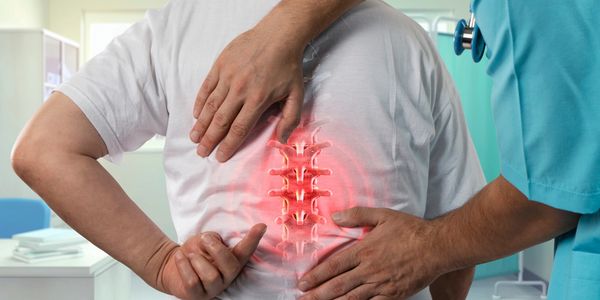Superion Interspinous Spacer- Vertiflex

Introduction
The Superion Interspinous Spacer (Vertiflex) procedure is a minimally invasive treatment designed to provide long-term relief from chronic pain associated with lumbar spinal stenosis (LSS). This procedure is a clinically proven solution that offers an alternative to more invasive surgical options.

Clinical Indications
Superion Vertiflex is indicated for skeletally mature patients suffering from pain, numbness, and/or cramping in the legs (neurogenic intermittent claudication) due to moderate degenerative lumbar spinal stenosis. It is suitable for patients who have undergone at least six months of non-operative treatment and experience relief in flexion from symptoms of leg/buttock/groin pain, with or without back pain

Chronic Pain Conditions Treated
This procedure is primarily used to treat lumbar spinal stenosis, a condition where the spinal canal narrows, leading to compression of the nerves in the lower back. Symptoms include leg pain, numbness, and difficulty walking. Vertiflex is considered when conservative treatments such as physical therapy and medications fail to provide sufficient relief.

Techniques and Goals
The Vertiflex procedure involves the insertion of a small, implantable device called the Superion Spacer between the affected vertebrae. The spacer creates space in the spine, alleviating pressure on the compressed nerves3. The goal is to provide indirect decompression of the nerves while preserving the sagittal balance of the spine.

Therapeutic Value
The Superion Vertiflex procedure has shown to provide clinically proven, long-term relief from leg and back pain associated with LSS. It is backed by a 5-year Level 1 Randomized Control Trial (RCT) and real-world data, demonstrating successful outcomes up to five years.

What to Expect
The procedure is performed on an outpatient basis and typically takes less than 30 minutes. Patients can expect a short recovery time and minimal disruption to their daily activities. Most patients report significant pain relief and improved quality of life following the procedure.

Side Effects and Complications
Potential side effects and complications may include infection, bleeding, and device migration. However, these are rare, and the procedure is considered safe and reversible. Patients with spinal anatomy that prevents implantation or causes the device to be unstable should not undergo this procedure.

Contraindications to Vertiflex
The Superion Vertiflex procedure has several contraindications. Patients who should not undergo this procedure include those with:
- Spinal anatomy that prevents implantation: If the patient's spinal anatomy does not allow for the proper placement of the device, Vertiflex is not suitable.
- Degenerative spondylolisthesis greater than grade 1: This condition can cause instability, making the procedure contraindicated.
- Cauda equina syndrome: This serious condition requires immediate surgical intervention and is not appropriate for Vertiflex.
- Prior decompression or fusion at the index level: If the patient has already undergone decompression or fusion surgery at the same spinal level, Vertiflex is not recommended.
- Osteoporosis: Patients with osteoporosis have weakened bones, which can increase the risk of complications during the procedure, such as fractures or instability of the implanted device. It's important for patients to undergo a thorough evaluation, including bone density tests, to determine their eligibility for the procedure in patients with h/o osteopenia.

We are here here to help you
At the Institute of Interventional Pain Management, we are dedicated to helping patients with chronic pain by offering the Superion Vertiflex procedure. Our team of experts is committed to providing personalized care and ensuring the best possible outcomes for our patients.
This website uses cookies.
We use cookies to analyze website traffic and optimize your website experience. By accepting our use of cookies, your data will be aggregated with all other user data.